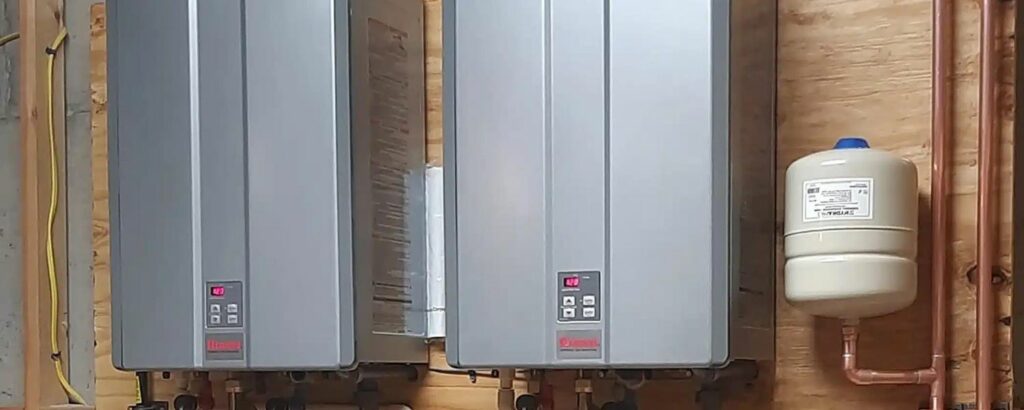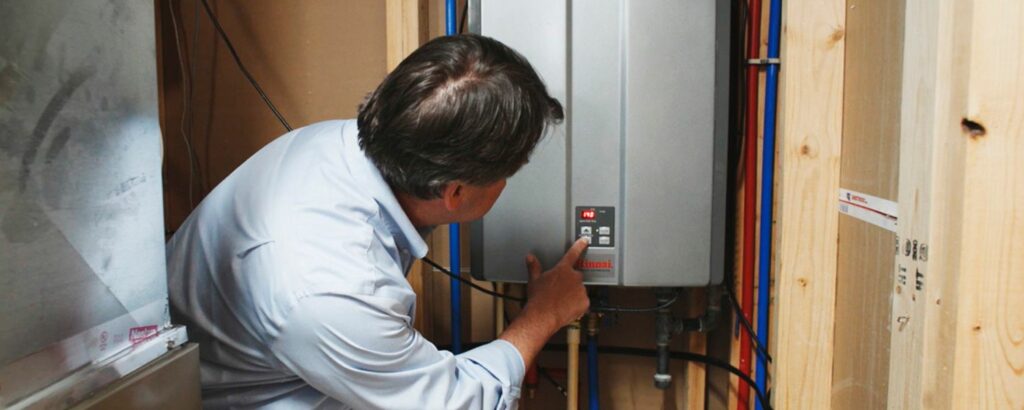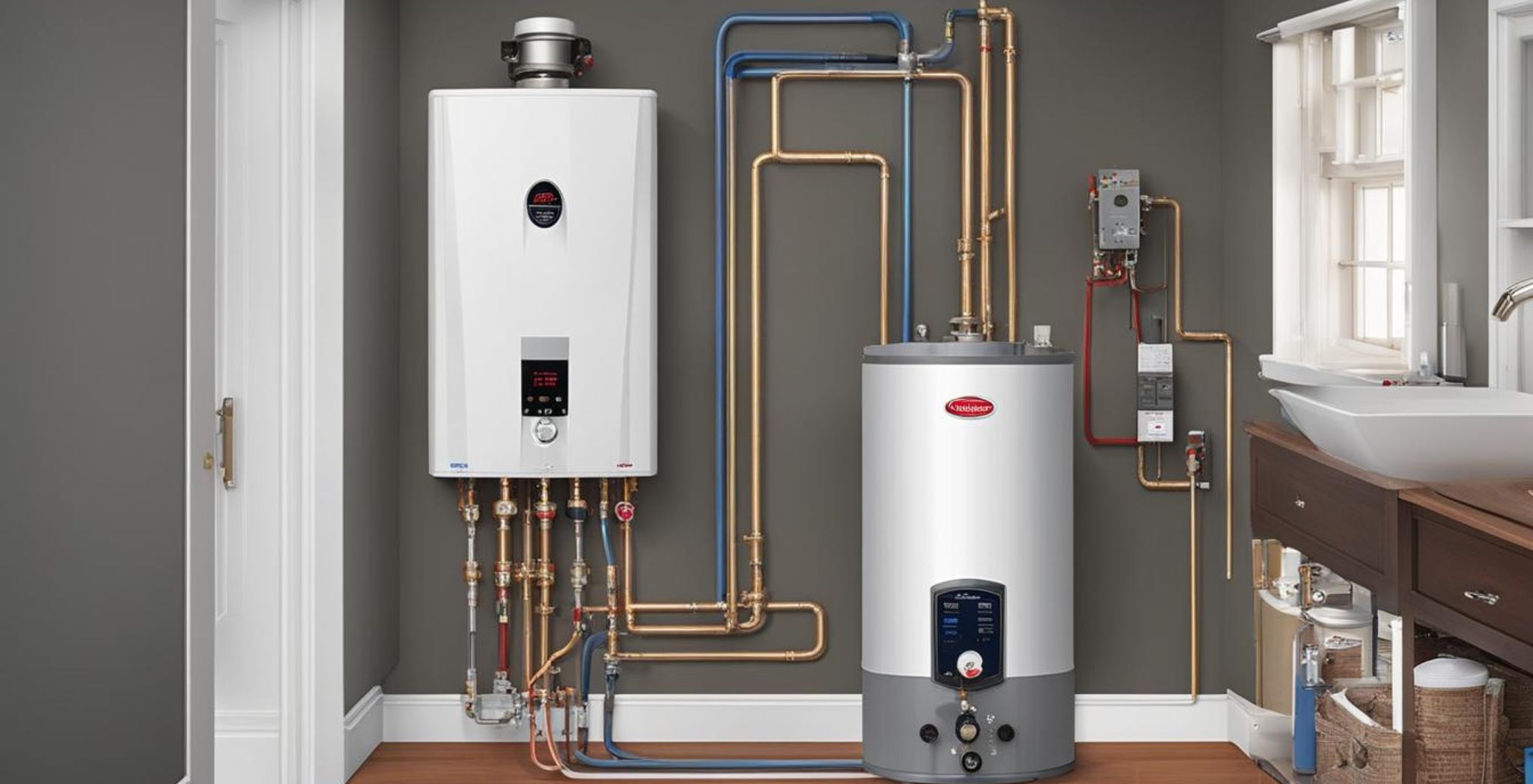Tankless water heaters have gained popularity for their energy efficiency and space-saving design. Unlike traditional tank-style water heaters that store a large volume of hot water, tankless water heaters provide hot water on demand, which means they heat water only when you need it.
This can lead to significant energy savings and a more consistent supply of hot water. However, to keep your tankless water heater operating efficiently, regular maintenance is essential. In this guide, we’ll explore the key steps for tankless water heater maintenance, focusing on how to perform routine upkeep and address common issues.
What is a Tankless Water Heater?

A tankless water heater, also known as an on-demand water heater, heats water directly as it flows through the unit, bypassing the need for a storage tank. This design allows for an endless supply of hot water and reduces the risk of running out of hot water during peak usage times. Tankless water heaters come in various sizes and types, including electric and gas models, each with its specific maintenance needs.
Steps for Maintaining a Tankless Water Heater

Proper maintenance of a tankless water heater ensures its longevity and optimal performance. Here are the essential steps to keep your unit running smoothly:
1. Turn Off The Energy Source
Before you begin any maintenance work on your tankless water heater, it’s crucial to turn off the energy source to ensure your safety. For electric models, switch off the power at the circuit breaker. For gas models, turn off the gas supply. This precaution helps prevent accidents and ensures you can work on the unit without any risk of electrical or gas-related hazards.
2. Close All Main Water Valves
Once the energy source is turned off, locate and close all main water valves connected to your tankless water heater service. This step is important to prevent water from flowing through the unit while you’re performing maintenance. By shutting off the water supply, you can avoid potential leaks and spills.
3. Remove Purge Port Valve Caps
Your tankless water heater will have purge port valves that are used for flushing the system. Locate these valves on the unit and carefully remove the purge port valve caps. These valves are typically found on the inlet and outlet pipes of the heater.
4. Attach Hoses To Each Valve
Next, attach hoses to each purge port valve. The hoses should lead to a drain or a bucket to collect the water and cleaning solution that will be flushed out. Make sure the hoses are securely connected to avoid any leaks during the flushing process.
5. Open the Port Valves
Once the hoses are in place, open the port valves to allow water to flow through the hoses. This step is necessary for flushing out any sediment or mineral buildup inside the tankless water heater. If you’re using a tankless water heater flush kit, follow the instructions provided with the kit for this part of the process.
6. Tankless Water Heater Valve Kits
Using a tankless water heater flush kit can simplify the maintenance process. These kits typically include everything you need to flush the system, such as hoses, connectors, and a pump. They are designed to help you clean the internal components of the heater more effectively. Make sure to use a tankless water heater flush kit compatible with your specific model.
7. Flushing The System
The flushing process involves circulating a cleaning solution through the tankless water heater to remove mineral deposits and sediment. Prepare the cleaning solution according to the manufacturer’s instructions, and pour it into the system through the hoses. Let the solution circulate for the recommended time, usually around 30 minutes to an hour. This step helps to prevent clogs and maintain the efficiency of your tankless water heater.
Conclusion
Maintaining your tankless water heater is essential for its performance and longevity. Regular maintenance, including annual flushing, can help prevent issues and ensure your unit operates efficiently. By following these steps and using a tankless water heater flush kit, you can keep your heater in top condition and avoid costly repairs.
Tankless water heater maintenance is an investment in the longevity and efficiency of your unit. Keeping up with the tankless water heater maintenance schedule will not only help you save on energy costs but also extend the life of your heater. Regular maintenance can prevent issues that might lead to higher tankless water heater flush costs and reduce the need for more extensive repairs.
If you have a Rinnai tankless water heater or any other brand, it’s important to refer to the manufacturer’s recommendations for specific maintenance requirements. Proper care, regular checks, and utilizing furnace repair services when needed will keep your tankless water heater running smoothly and provide you with a reliable source of hot water for years to come.
Life Mechanical provides expert tankless water heater maintenance services, ensuring efficient operation and longevity of your unit. Their skilled technicians perform thorough inspections, flush systems, and address issues promptly, reducing the risk of breakdowns and costly repairs. Trust Life Mechanical for reliable, professional care of your tankless water heater.

